Kurmanty Pier. Pollution of Issyk-Kul. A large amount of old cargo tires and scrap metal on the bottom.
Coordinates: 42°44'43.5"N 78°13'03.9"E
Today, one can find almost anything at the bottom of Lake Issyk-Kul - from the remains and artifacts of ancient settlements to rubber slippers, used car tires, and even old furniture. Moreover, the amount of modern "goods" in the lake increases year by year. Sometimes trash is retrieved from the bottom, but the quantity of waste brought to the surface is incomparably less than what is thrown into the lake.
The main elements of the garbage, according to divers, are plastic bottles and bags, as well as swimming gear left by tourists. The bulk of the pollution is concentrated around health resorts and other recreational areas.
A true disaster for the ecosystem of Lake Issyk-Kul and its biodiversity remains the synthetic nets produced in China; these nets slowly decompose into microplastics, which enter the food chains of the lake's bio-organisms, including fish.
Additionally, fishermen have adapted to use large plastic bottles as markers for the spots where they cast their nets. During storms, these bottles can break free. Some float on the surface, while others sink to the bottom. This accumulates over the years.
Participants of the Volunteer Movement "Clean Issyk-Kul" have conducted numerous dives in various locations around Issyk-Kul and recorded video materials showing that the pollution of the bottom is trending dangerously, a challenge that seems difficult to tackle but must be addressed immediately. The low cost and wide availability of nets lead fishermen not to remove them even after fishing is done. Abandoned nets pose a threat to migratory birds and other inhabitants of the lake.
Underwater cleaning of garbage is a complex process. It is not just a walk with a scuba tank. Trained specialists with significant diving experience and sufficient time spent underwater are needed. Work at depth is associated with increased health risks. Finding such "specialists" is a challenging task. Of course, there are some in the Ministry of Emergency Situations, but they are very few and have their own tasks. Another difficulty is the lack of a sufficient material base; without it, eliminating all the dumps at the bottom of the lake is practically impossible.
Volunteers only clean the bottom of the lake in the coastal zone. Thanks to the efforts of the participants of the Volunteer Movement, events have been held to clean the lake's bottom near the beaches of the "Cholpon-Ata" and "Blue Issyk-Kul" health resorts.
How much garbage has accumulated at greater depths and how to raise it is unknown to anyone. Meanwhile, the trend of increasing underwater waste deposits year after year poses a threat to the viability of the biosystem of Lake Issyk-Kul, which is a national treasure for the Kyrgyz Republic.
The "Clean Issyk-Kul" movement has repeatedly appealed in writing to higher authorities to obtain state support and finally achieve the involvement of both health resort owners and the local population in cleaning the lake. But so far, there has been virtually no response.
REFERENCE: Kurmenty (Ak-Bulak) is a village in the Tyup district of the Issyk-Kul region of Kyrgyzstan. It is located on the shore of Lake Issyk-Kul (Tyup Bay), and the local population is mainly engaged in agriculture and livestock breeding; there is also a cement plant in the village. A river called Kurmenty ("Kurmentinka") flows near the village. The name of the village comes from the name of this river.
REFERENCE: The government of Kyrgyzstan also notes that an unfavorable ecological situation has developed in the resort area of Issyk-Kul. This has already led to a decrease in the recreational value of the lake complex and, if existing negative trends continue, may lead to irreversible ecological and economic losses. One of the main sources of pollution is the cities and settlements located in the coastal zone and along the banks of rivers that flow into Issyk-Kul. Many private health resorts, recreation houses, hotels, and other facilities lack sewage systems and treatment facilities.
EcoMiR NGO - Ecological Monitoring and Investigations thanks the "Clean Issyk-Kul" NGO for the provided material.
Today, one can find almost anything at the bottom of Lake Issyk-Kul - from the remains and artifacts of ancient settlements to rubber slippers, used car tires, and even old furniture. Moreover, the amount of modern "goods" in the lake increases year by year. Sometimes trash is retrieved from the bottom, but the quantity of waste brought to the surface is incomparably less than what is thrown into the lake.
The main elements of the garbage, according to divers, are plastic bottles and bags, as well as swimming gear left by tourists. The bulk of the pollution is concentrated around health resorts and other recreational areas.
A true disaster for the ecosystem of Lake Issyk-Kul and its biodiversity remains the synthetic nets produced in China; these nets slowly decompose into microplastics, which enter the food chains of the lake's bio-organisms, including fish.
Additionally, fishermen have adapted to use large plastic bottles as markers for the spots where they cast their nets. During storms, these bottles can break free. Some float on the surface, while others sink to the bottom. This accumulates over the years.
Participants of the Volunteer Movement "Clean Issyk-Kul" have conducted numerous dives in various locations around Issyk-Kul and recorded video materials showing that the pollution of the bottom is trending dangerously, a challenge that seems difficult to tackle but must be addressed immediately. The low cost and wide availability of nets lead fishermen not to remove them even after fishing is done. Abandoned nets pose a threat to migratory birds and other inhabitants of the lake.
Underwater cleaning of garbage is a complex process. It is not just a walk with a scuba tank. Trained specialists with significant diving experience and sufficient time spent underwater are needed. Work at depth is associated with increased health risks. Finding such "specialists" is a challenging task. Of course, there are some in the Ministry of Emergency Situations, but they are very few and have their own tasks. Another difficulty is the lack of a sufficient material base; without it, eliminating all the dumps at the bottom of the lake is practically impossible.
Volunteers only clean the bottom of the lake in the coastal zone. Thanks to the efforts of the participants of the Volunteer Movement, events have been held to clean the lake's bottom near the beaches of the "Cholpon-Ata" and "Blue Issyk-Kul" health resorts.
How much garbage has accumulated at greater depths and how to raise it is unknown to anyone. Meanwhile, the trend of increasing underwater waste deposits year after year poses a threat to the viability of the biosystem of Lake Issyk-Kul, which is a national treasure for the Kyrgyz Republic.
The "Clean Issyk-Kul" movement has repeatedly appealed in writing to higher authorities to obtain state support and finally achieve the involvement of both health resort owners and the local population in cleaning the lake. But so far, there has been virtually no response.
REFERENCE: Kurmenty (Ak-Bulak) is a village in the Tyup district of the Issyk-Kul region of Kyrgyzstan. It is located on the shore of Lake Issyk-Kul (Tyup Bay), and the local population is mainly engaged in agriculture and livestock breeding; there is also a cement plant in the village. A river called Kurmenty ("Kurmentinka") flows near the village. The name of the village comes from the name of this river.
REFERENCE: The government of Kyrgyzstan also notes that an unfavorable ecological situation has developed in the resort area of Issyk-Kul. This has already led to a decrease in the recreational value of the lake complex and, if existing negative trends continue, may lead to irreversible ecological and economic losses. One of the main sources of pollution is the cities and settlements located in the coastal zone and along the banks of rivers that flow into Issyk-Kul. Many private health resorts, recreation houses, hotels, and other facilities lack sewage systems and treatment facilities.
EcoMiR NGO - Ecological Monitoring and Investigations thanks the "Clean Issyk-Kul" NGO for the provided material.


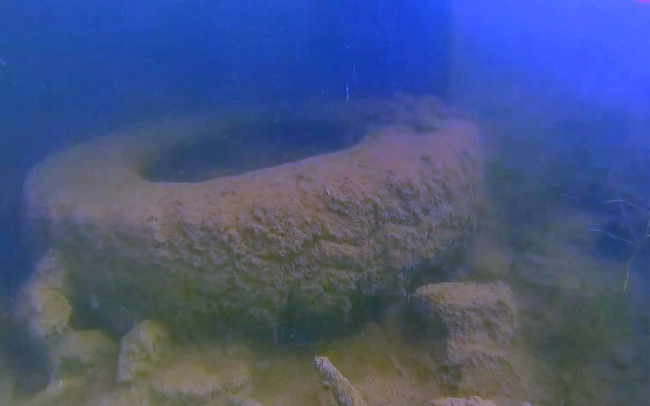
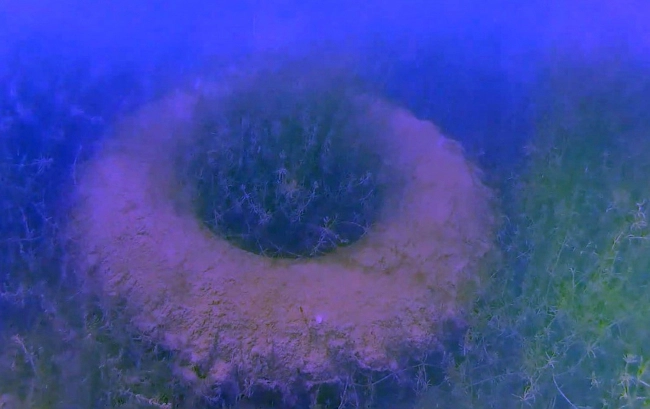
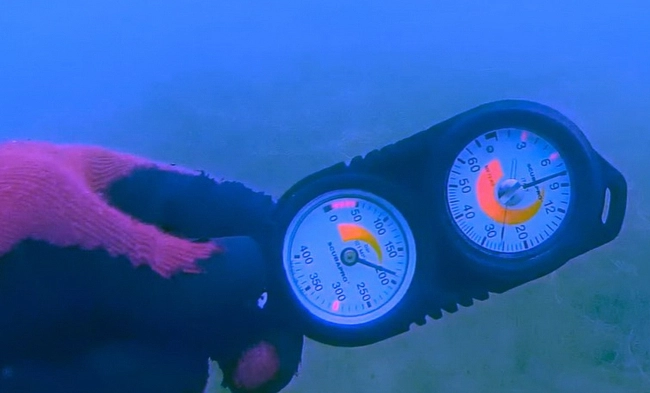
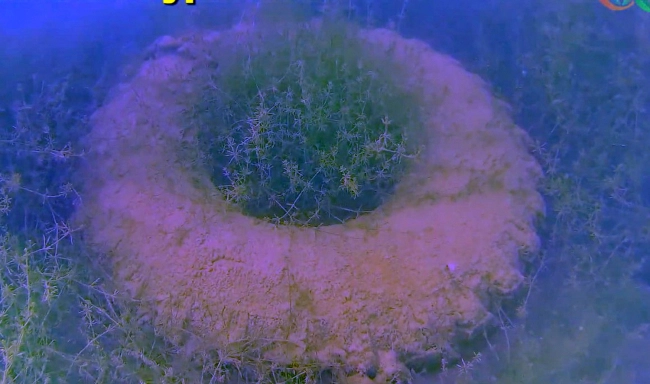
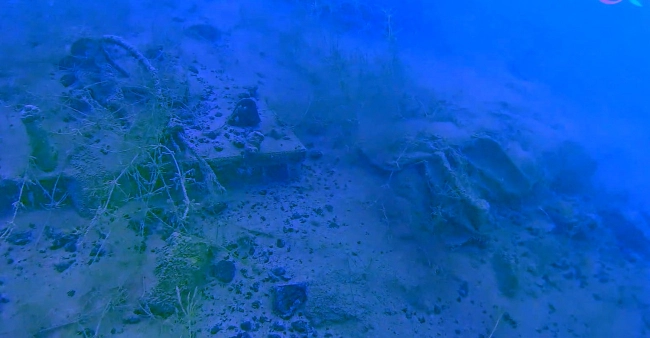

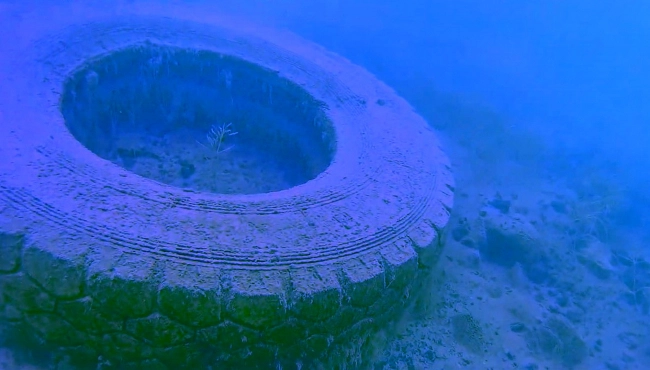
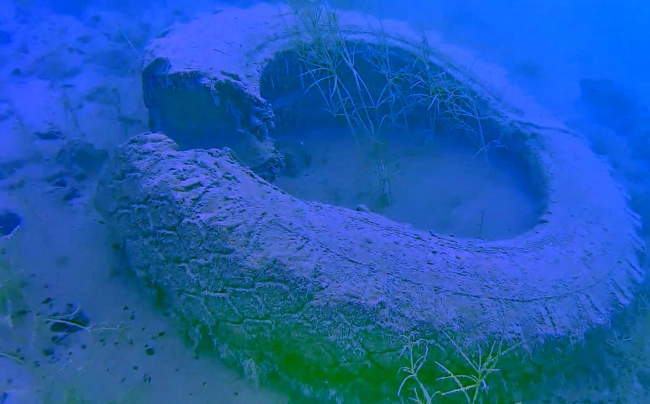
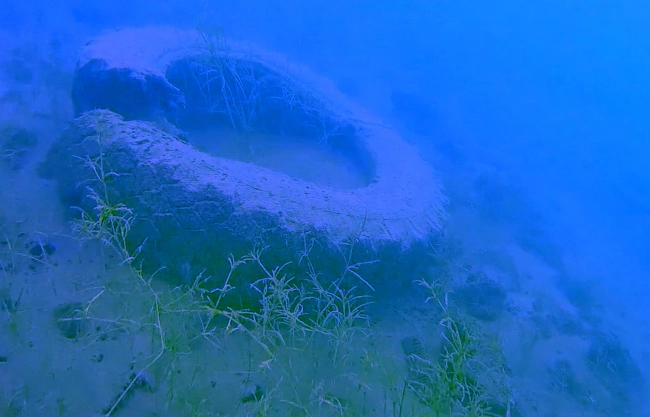

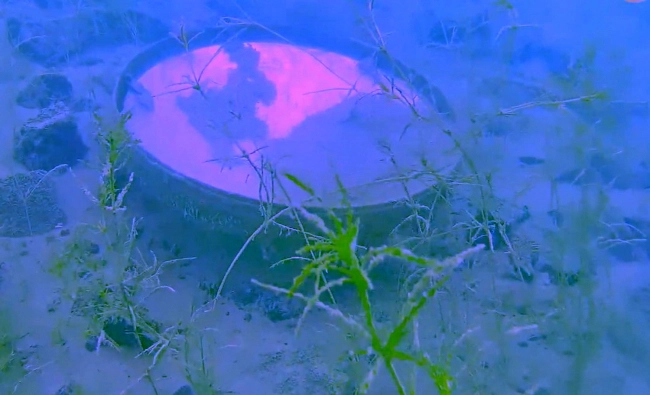

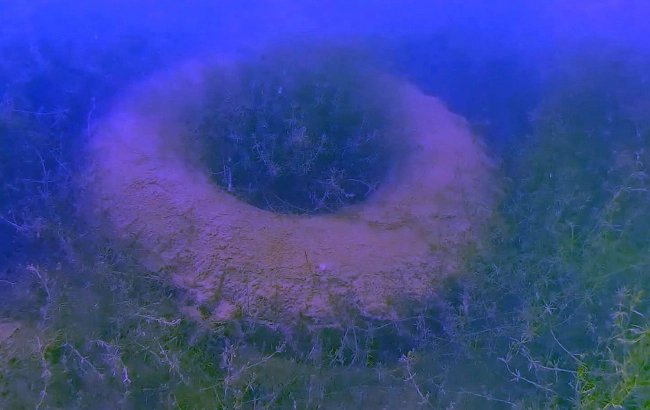
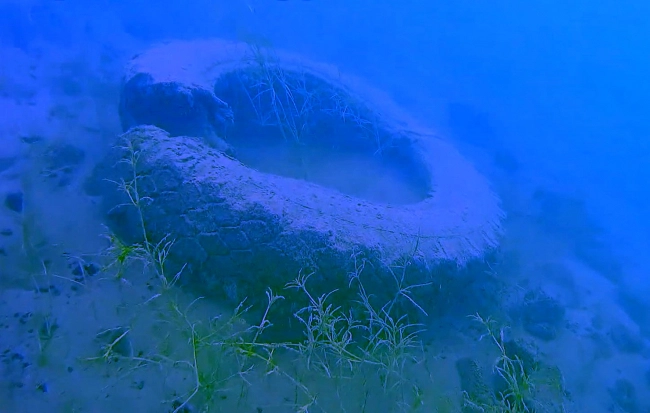
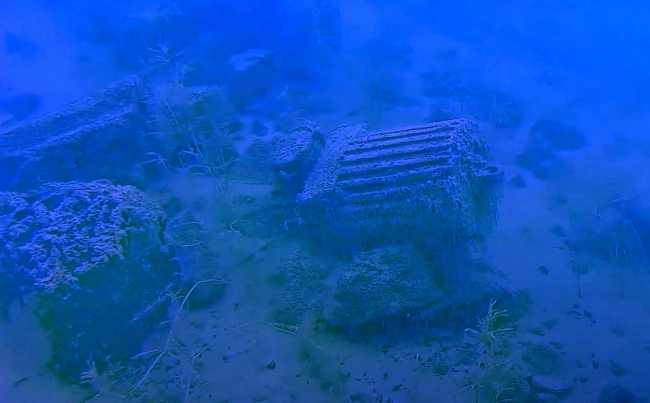



















Attention: Information based on submitted complaints